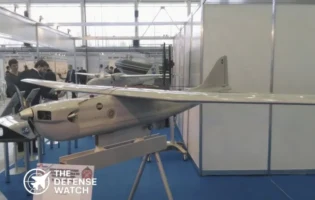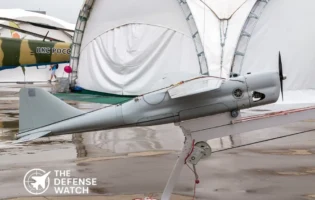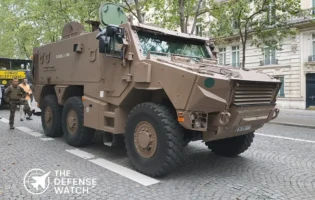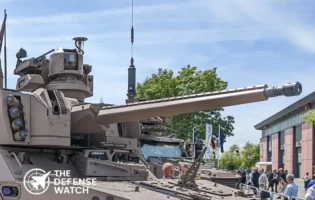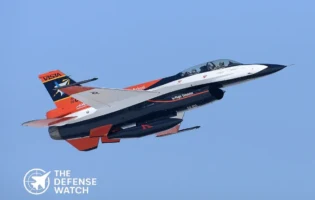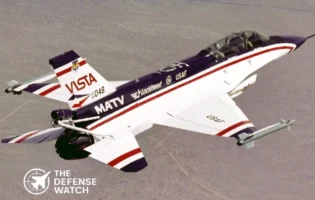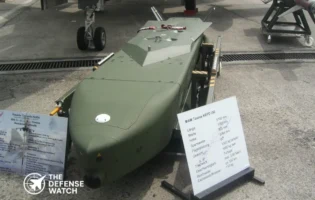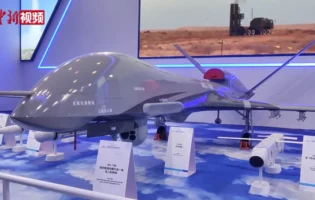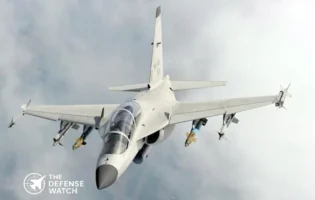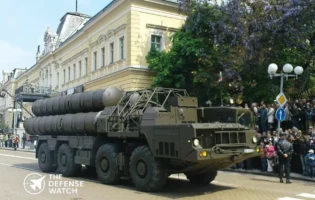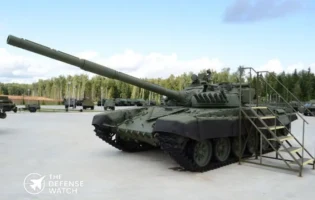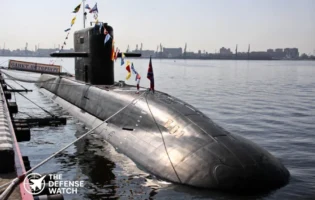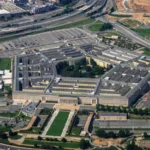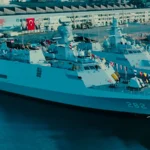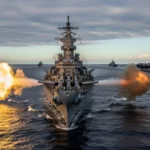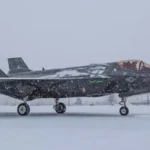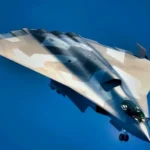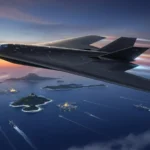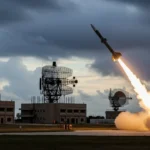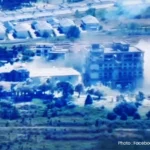- Home
- Catalog
- Bombers & Strategic Aircraft
- B-1B Lancer Bomber
B-1B Lancer Bomber
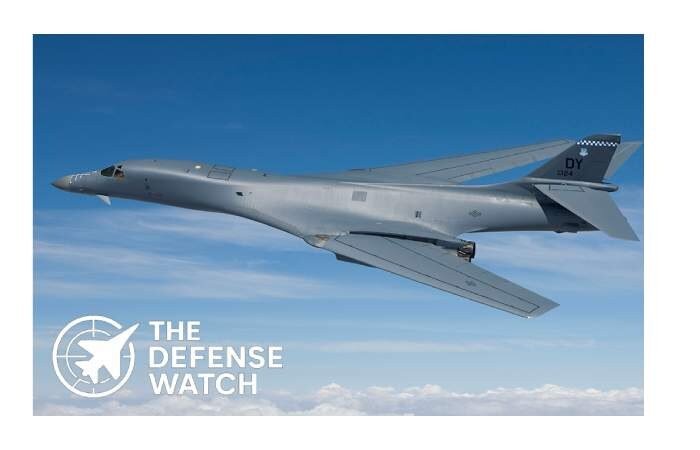




Full Specifications
1. General Information
| Name | B-1B Lancer |
| Manufacturer | Rockwell International (Boeing) |
| Country of Origin | United States |
| Introduction / In Service Since | 1986 |
| Status | Active |
| Category | Strategic Bomber |
| Crew | 4 |
| Unit Cost | Approx. $317 million (2024 USD) |
2. Dimensions & Structure
| Length | 146 ft (44.5 m) |
| Wingspan | 79–137 ft (24–41.8 m) |
| Height | 34 ft (10.4 m) |
| Wing Area | 1,950 sq ft (181 m²) |
| Empty Weight | 190,000 lb (86,000 kg) |
| Maximum Takeoff Weight (MTOW) | 477,000 lb (216,000 kg) |
3. Performance
| Maximum Speed | Mach 1.25 |
| Range | 5,900 mi (9,400 km) |
| Combat Radius | 2,993 mi (4,818 km) |
| Service Ceiling | 60,000 ft (18,000 m) |
| Rate of Climb | 10,000 ft/min |
4. Powerplant
| Engine Type | 4 × GE F101-GE-102 |
| Thrust (per engine) | 30,780 lbf (137 kN) |
| Total Thrust | 123,120 lbf (547 kN) |
5. Payload & Armament
| Internal Payload Capacity | 75,000 lb (34,000 kg) |
| Weapons Bay | 3 internal bays |
| Compatible Weapons | JDAMs, JASSM, Mk 82/84 bombs, AGM-158 missiles |
| Hardpoints | Internal only (no external pylons in standard config) |
6. Avionics & Systems
| Radar System | AN/APQ-164 offensive radar |
| Navigation | INS/GPS with terrain-following radar |
| Electronic Warfare (EW) | ALQ-161A defensive suite |
| Stealth Features | Reduced RCS design, radar absorbent materials |
7. Operational History
| Primary Operator | United States Air Force |
| Conflict Usage | Iraq, Afghanistan, Syria |
| Notable Missions | Operation Enduring Freedom, Operation Inherent Resolve |
8. Additional Information
| Variants | B-1A (prototype), B-1B (production) |
| Successor / Future Replacement | B-21 Raider |
| Notable Features | Variable-sweep wings, supersonic low-level flight |
| Estimated Operational Life | Until 2036 |
PROS
- Supersonic speed with heavy payload capacity
- Long operational range and endurance
- Versatile mission adaptability
- Advanced avionics and EW systems
- Proven reliability in combat operations
CONS
- High maintenance and operating costs
- Aging airframe nearing end of service
- Limited stealth compared to modern designs
- Complex variable-sweep wing mechanics
- Reduced nuclear deterrence role
B-1B Lancer: America’s Supersonic Long-Range Bomber
The Rockwell B-1B Lancer, nicknamed the “Bone” (from “B-One”), is a supersonic, variable-sweep wing heavy bomber developed by the United States during the Cold War. Designed to penetrate enemy defenses and deliver massive conventional or nuclear payloads, the B-1B remains a cornerstone of America’s long-range strike capability.
Originally conceived by Rockwell International (now part of Boeing Defense), the B-1 program aimed to combine the speed of the B-58 Hustler and the payload of the B-52 Stratofortress. Entering service in 1986, the B-1B replaced earlier strategic bombers in many roles, providing greater survivability with low-altitude flight, radar cross-section reduction, and electronic countermeasures.
Powered by four General Electric F101-GE-102 afterburning turbofan engines, the Lancer reaches speeds over Mach 1.25 (≈ 1,335 km/h) and can carry an internal payload of up to 75,000 pounds — the largest among U.S. bombers. Its variable-geometry wings allow for exceptional aerodynamic flexibility, optimizing performance for both high-speed penetration and fuel-efficient cruising.
The B-1B has been extensively used in Iraq, Afghanistan, and Syria, delivering precision-guided munitions in sustained strike operations. While it no longer carries nuclear weapons, the Lancer continues to serve as a vital conventional bomber in the U.S. Air Force’s Global Strike Command, bridging the gap until the B-21 Raider becomes fully operational.
Reviews
Disclaimer Note
The information provided on TheDefenseWatch.com is for general informational purposes only. While we strive to ensure the accuracy, completeness, and timeliness of our content regarding defense and aerospace products, technologies, and specifications, we cannot guarantee that all information is 100% accurate or up-to-date due to the evolving nature of military technology and classified data. TheDefenseWatch.com does not warrant the reliability, suitability, or availability of the information for any specific purpose. Users are advised to consult official sources, such as manufacturers, government publications, or defense agencies, for precise and verified data before making decisions based on our content. We are not affiliated with any defense manufacturers, governments, or military organizations mentioned. Opinions, reviews, and ratings reflect expert analysis but are subjective and should not be considered endorsements. TheDefenseWatch.com is not responsible for any errors, omissions, or consequences arising from the use of this website’s content. External links are provided for convenience and do not imply endorsement. TheDefenseWatch.com reserves the right to update or modify content without prior notice. By using this website, you agree to our Privacy & Cookies Policy.







